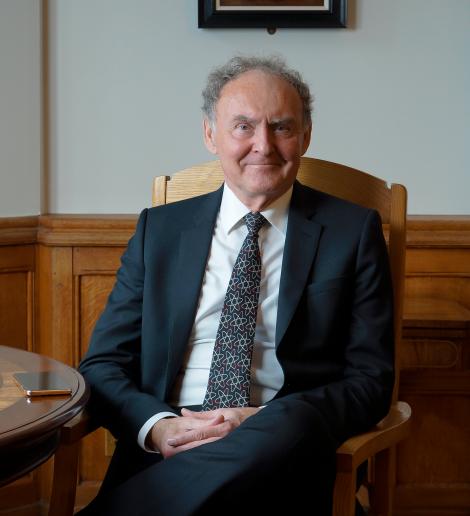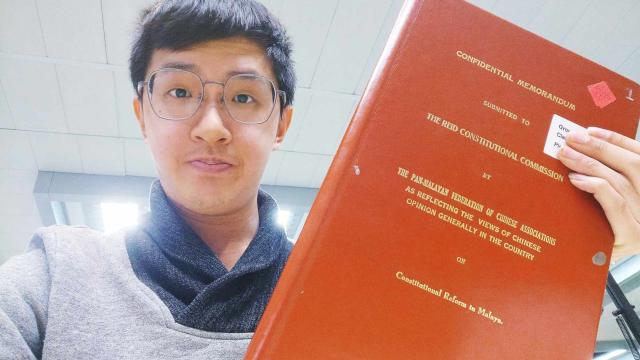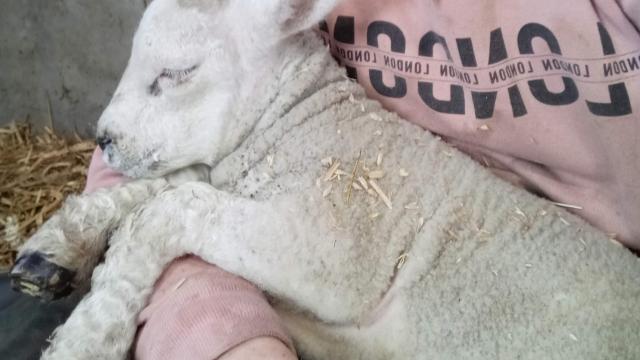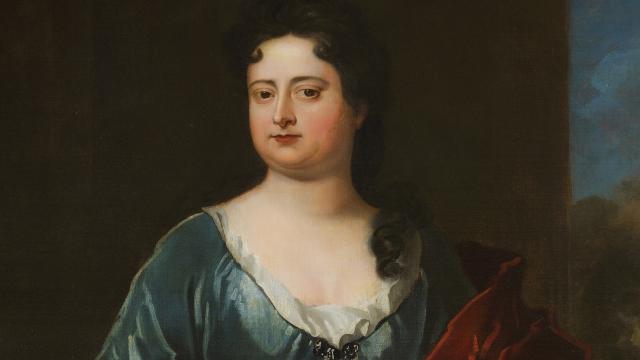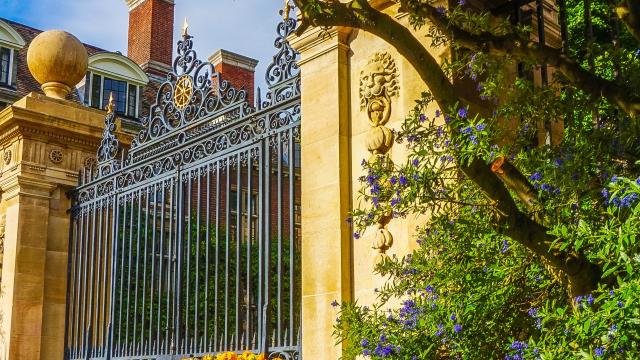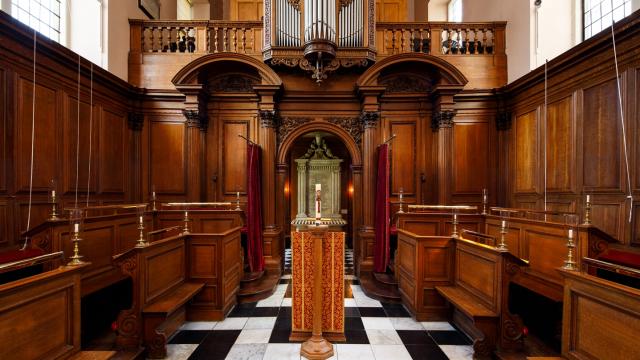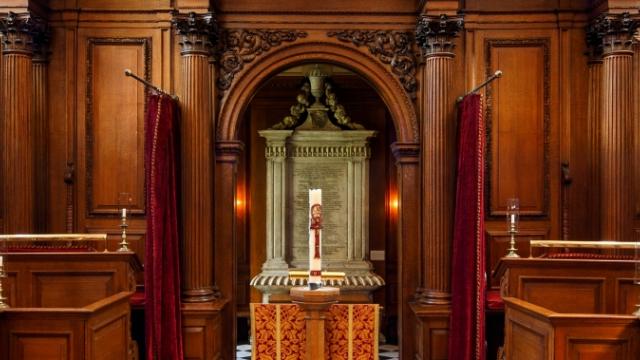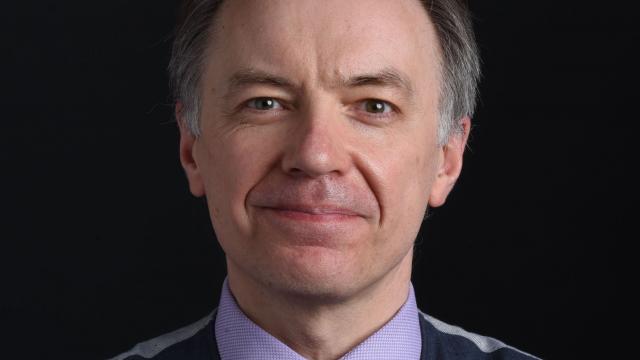
The following article by Professor Sir Mark Welland (2016) was first published in this year's edition of The Wheel, the College's annual newsletter, in July 2022.
You can tell when your Mastership is drawing to a close because whispers of “The Portrait” start to grow until it is no longer possible to ignore them. Anyone who knows me will understand that the very last thing I want to see is a picture of myself, so a full-sized portrait to hang in the Hall? A terrifying prospect. However, giving in to the inevitable, I decided to start researching how portraits are painted and who there might be who would produce a portrait with the style and content that worked for me.
At one end of the scale, preferred by some, is a portrait that, essentially, is a reworked posed photograph. At the other end is a portrait where the components of the painting are individually assembled from many photographs and sketches to represent not simply the sitter captured in a moment in time, but a more meaningful representation of the sitter in a context that reflects key elements of their life. I chose the latter.
So then began the search for the portrait painter. In addition to their style, it was important to me that the artist could also work with me so that the ideas and context that I sought to realise would happen in a positive and collaborative spirit. I started looking at members of the Royal Society of Portrait Painters, and I was more than fortunate to find Miriam Escofet whose previous portraits exactly suited me and whom I found engaging, thoughtful, deeply expert and a pleasure to work with.
Miriam’s portraits are works of art: she painted Her Majesty the Queen for the Foreign and Commonwealth Office in 2019 and won the prestigious BP Portrait Award in 2018. What I particularly love about her portraits is the incredible detail in every element of the image. What is remarkable to me is that, despite such rich detail and symbolism in the images, the subject of the portrait nevertheless stands out.
Miriam has visited St Catharine’s three times to date and taken many photographs of me in a variety of poses, along with photographs of the other elements that I wish to be incorporated in the final portrait. Miriam is close to the point where she will sit down and paint: a process that will take her 3–4 months, working full time. I am giving nothing else away; you will need to wait for the unveiling later in the year. I of course want a portrait that I feel comfortable with, but I also want to ensure that the College has – thanks to Miriam's interpretation and extraordinary skills – a work of art that stimulates, at least, conversation and, I hope, appreciation.
